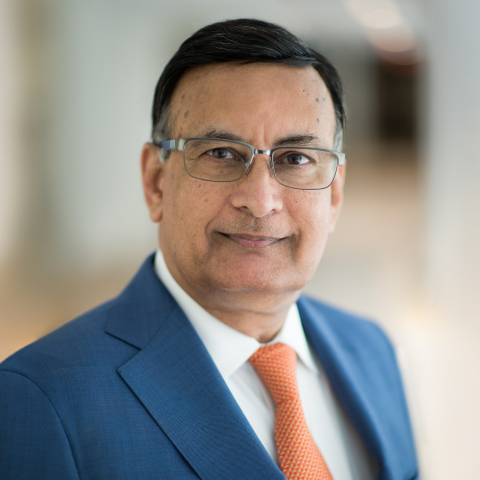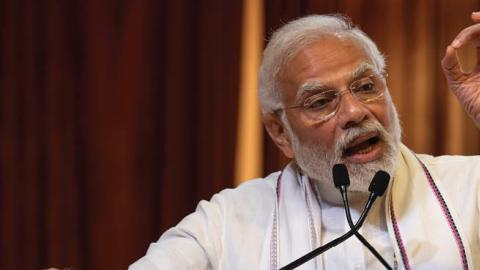As proud inheritors of a 5,000-year-old civilization, Indians do not like being told to follow others blindly. They are particularly sensitive to suggestions that Westerners know what might be better for India than Indians themselves. In the aftermath of the Ukraine invasion and India’s decision to remain neutral in that conflict, Indian sensitivities have become particularly heightened.
India has been criticized by many in the Western media for its decision to stay neutral toward Ukraine. Indian policymakers argue that their decision is based on rational considerations. The US and the European Union are unlikely to insert themselves into a faraway conflict just because India considers its position based on principle. Why, then, should India take that risk?
It is important for the US policy community to understand India’s perspective. India is the world’s largest democracy. Its democracy is robust and has survived the test of time. Given India’s size and diversity, this is definitely a great achievement. The churn of democracy sometimes produces outcomes that are less than perfect. The US and Europe are both going through social and political polarization. From the point of view of Indians, their country’s current communal tensions are no different.
Western leaders and experts expect the democratic process to eventually take care of the rise of the extreme right in Europe and America. Indians understand that and therefore do not criticize the political transformation or upheaval in Western countries. Indians are offended that India’s democracy is somehow seen as less capable of course correction than Western ones. Indian institutions, they argue with good reason, have the capacity to address populist excesses just as well as American or European ones.
In most democracies, there is a gap between what plays well in the domestic politics of a country and what is best for its foreign policy. Indians see a double standard in Westerners demanding that India join them against Russia over Ukraine when they did not object to the US withdrawing from Afghanistan without regard for humanitarian consequences. If American leaders can make decisions based on US public opinion, Indian leaders feel they should have the same option.
India seeks “strategic autonomy”—the ability to make decisions independently—and does not wish to toe another country’s line or become a “camp follower.” As part of this position, India has prided itself on maintaining ties with disparate countries around the world, including with those that are hostile toward each other. For example, India has close ties with Shia theocratic Iran, the Sunni-majority countries of the Middle East, and Israel simultaneously and takes pride in its ability to do so.
Regarding the conflict in Ukraine, Indians say they are not unsympathetic to the Ukrainians but view the conflict primarily as a European rather than global conflict. India has provided humanitarian aid to Ukraine while not condemning Russia publicly. From India’s perspective, the fact that European countries have not been vocal on issues that matter to India, such as China’s aggression along India’s land border, also justifies India’s neutrality in Europe’s conflict with Russia in Ukraine.
India’s relations with the West remain strong, notwithstanding the differences over Ukraine or Russia. The United States and European Union are India’s top two trading partners; its bilateral trade in goods with the US stands at $119.2 billion and with the EU at $95 billion annually. If we include trade in services, then India-US trade will reach $150 billion. India’s trade with Russia is a meager $8 billion per year.
The Indo-Pacific Quadrilateral dialogue, or Quad, brings together four large democracies, market economies, and pluralistic societies—the US, Japan, India, and Australia. They share the vision of shaping the Indo-Pacific as an inclusive region rather than one dominated by one country, China.
India supplies 60 percent of the generic pharmaceutical requirements of the United States and the two countries have a strong collaboration in the technology sector. They recently announced the launch of the Initiative on Critical and Emerging Technologies. India is also America’s strategic energy partner. It is the fourth-largest international market for US crude oil and the fifth-largest for US liquefied natural gas. India’s total energy imports from the US will be closer to $13.5 billion once natural gas and coal are added to crude oil.
India trades more with Western democracies and works more closely with them. Indians find it unreasonable that the US asks it to forgo importing critical energy requirements from Russia, especially when European countries continue such imports.
Differences with and criticisms of each other notwithstanding, India and the United States are committed to a long-term partnership. A more realistic understanding of India’s worldview, and consideration of India’s sensitivities and interests, might be critical to this partnership’s direction.





















